For the Collector
Collectors are always fun to shop for. It’s like baking a cake for someone with a sweet tooth. You know they’re going to love it. People collect so many different things, and for reasons as varied as the collectors themselves. One friend of mine collects roosters. Why? Simply because her husband was born in 1957, the Chinese Year of the Rooster. Another friend, nicknamed “Moo” collects – you guessed it – cows. Moo has great fun with her sizeable collection, the piece de resistance of which is a full-sized “Ben and Jerry’s” cow statue. “Matilda” stands pretty close to the middle of Moo’s long, wooded driveway and she is adorned tastefully, yet whimsically as fits the season or occasion. Picture wreaths at Christmastime, Easter bonnets of wonderous flourish, and a sweeping bridal veil heralding a family wedding.
Consider then, the collectors in your life, and follow with some thought to what shopping looms on the horizon. Birthday, house-warming, hostess gift, Christmas – they all do pop up. Got a lover of cows on your list? Roosters? Dragons? Bees? It’s Cactus just might have you covered! In all price ranges, sizes, and mediums. Best of all, your gift purchase will be in direct support of the artist who made it. Handmade, fair trade, and back to the cake for the sweet tooth: They’re going to love it!
Contributed by Linda for It’s Cactus



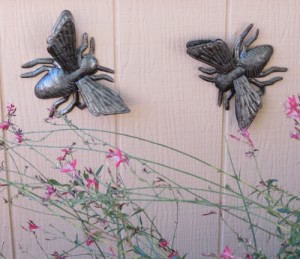
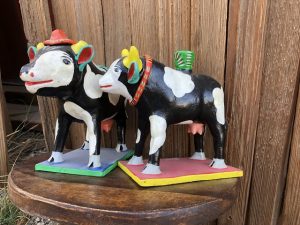


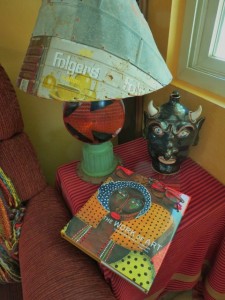
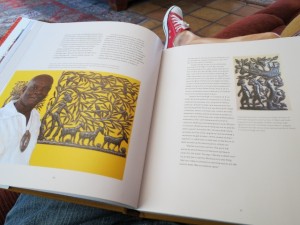
![ht1396[2]](https://blog.itscactus.com/wp-content/uploads/2013/05/ht13962.jpg)
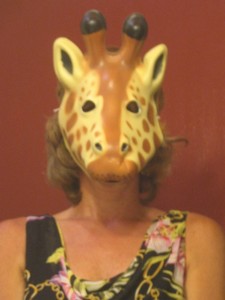
![rec381[1]](https://blog.itscactus.com/wp-content/uploads/2012/06/rec3811-85x300.jpg) How do collections get started? Maybe we’re drawn to certain images because they remind us of something special – a favorite time or place or experience. I was with my good friend, Jennifer at the San Diego Zoo one day, having an absolute ball. We were in our 40’s mind you, but I started playing with the masks at the gift shop. Holding up first the giraffe mask and then the panda mask to my face, I asked her, “Which do you like better?” To which she thoughtfully replied, “Well, the giraffe is more your color.” Immediately, I started laughing so hard I could scarcely stand up, and I bought the giraffe mask right then and there. Since then, I have bought a few other giraffe items and find myself always tempted by more.
How do collections get started? Maybe we’re drawn to certain images because they remind us of something special – a favorite time or place or experience. I was with my good friend, Jennifer at the San Diego Zoo one day, having an absolute ball. We were in our 40’s mind you, but I started playing with the masks at the gift shop. Holding up first the giraffe mask and then the panda mask to my face, I asked her, “Which do you like better?” To which she thoughtfully replied, “Well, the giraffe is more your color.” Immediately, I started laughing so hard I could scarcely stand up, and I bought the giraffe mask right then and there. Since then, I have bought a few other giraffe items and find myself always tempted by more.